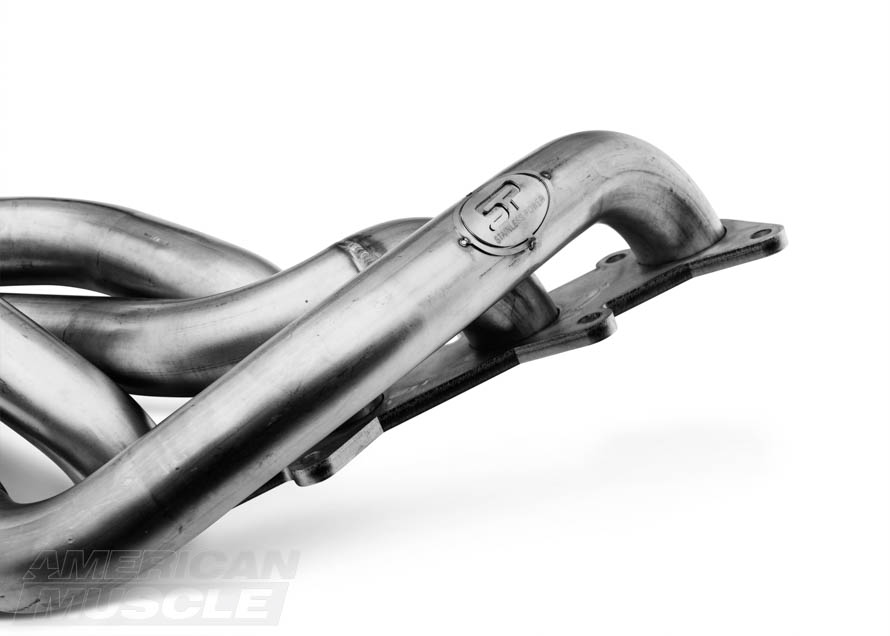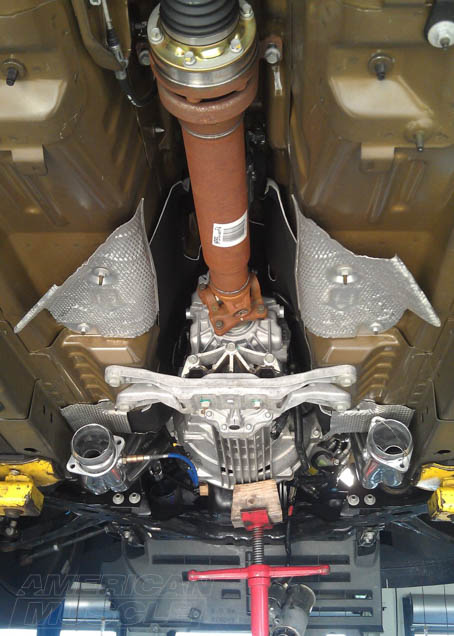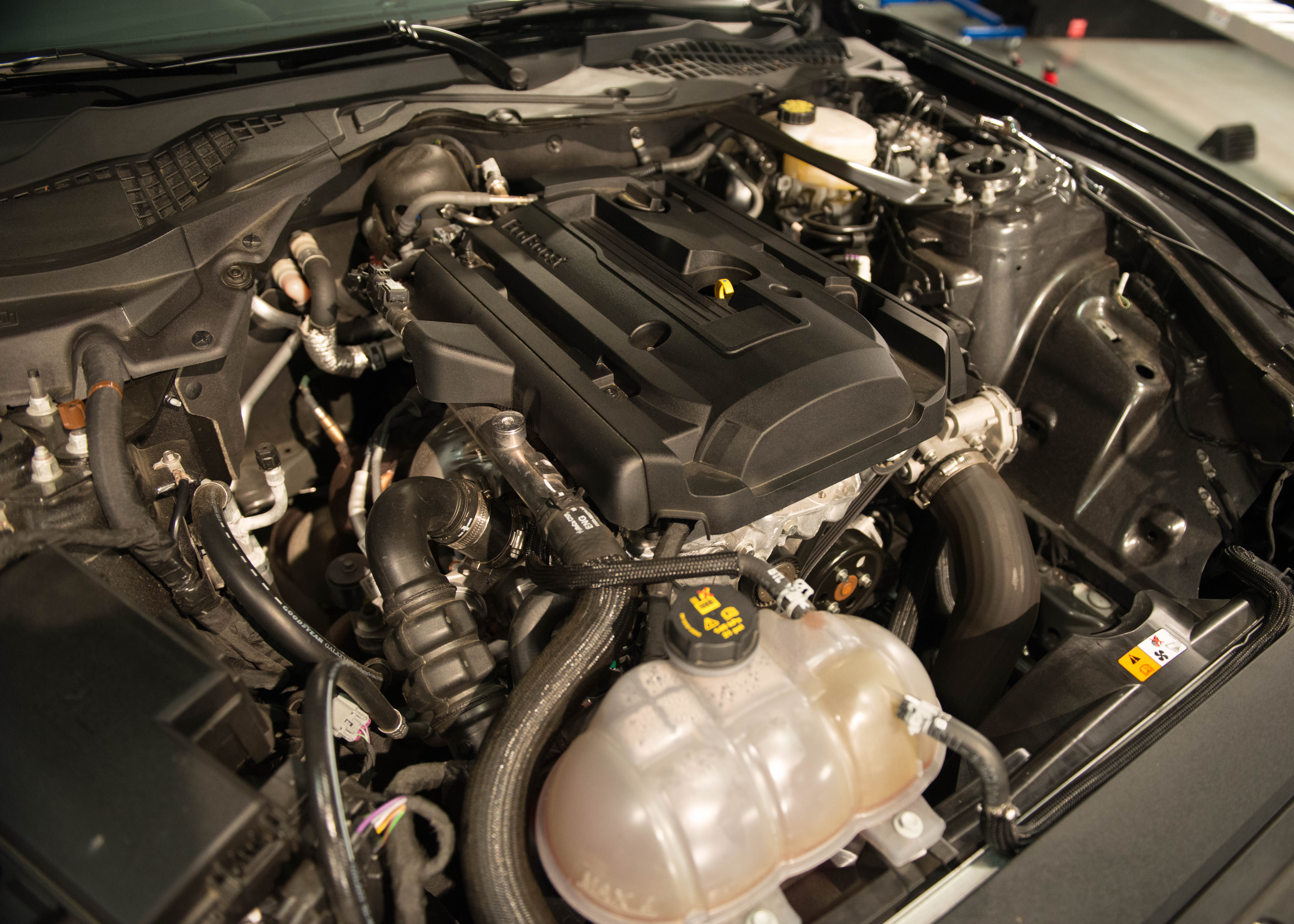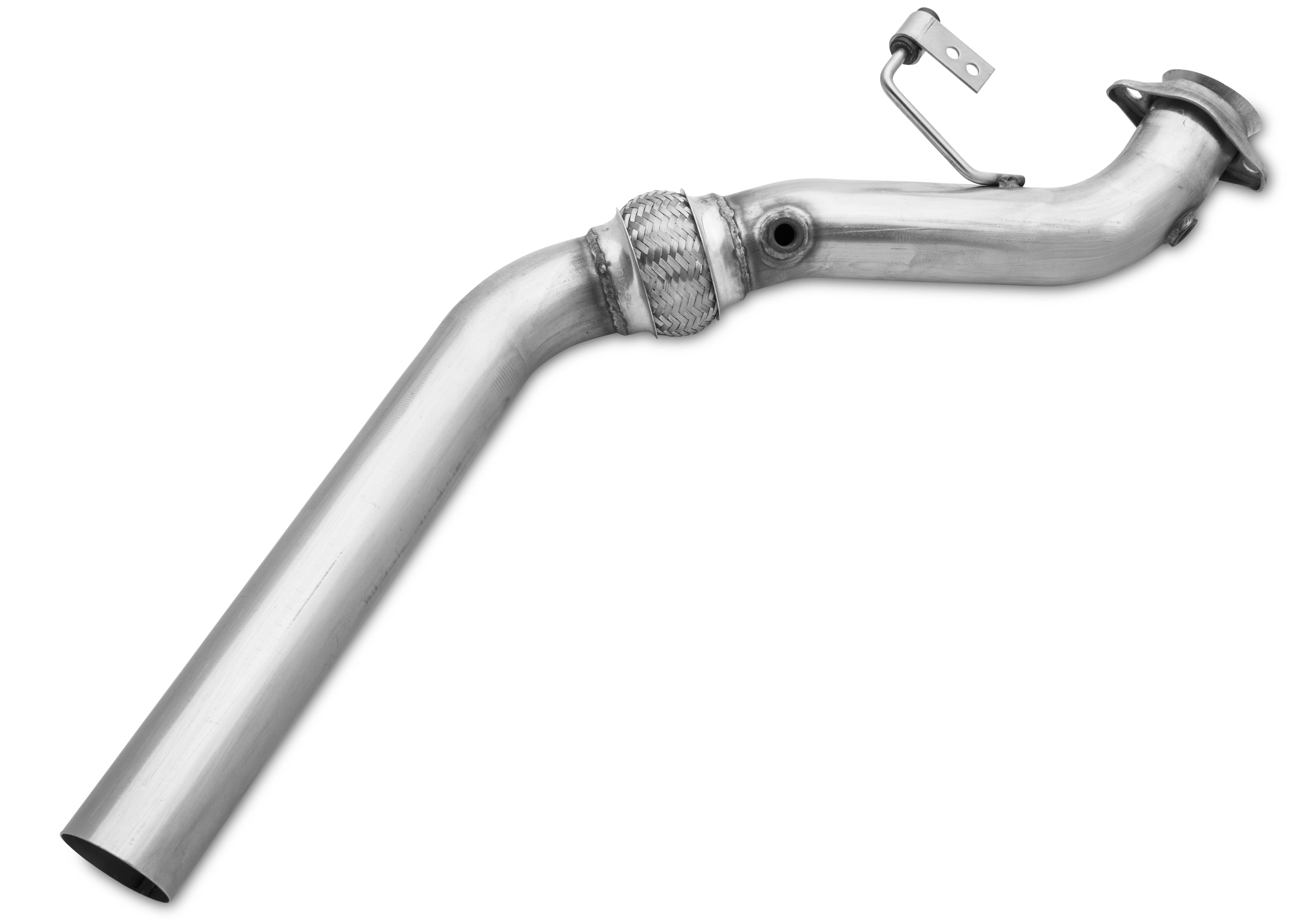Should you add long tube headers to your 2015 Mustang in place of the stock manifolds? That is an excellent question. Many will say yes, some will say no, and others will say ‘put shorties’ instead. Without further ado, let us dive into the world of long tube headers.
Contents
- What are Headers?
- Quick Tips About Long Tubes
- The Stock Manifolds
- Are Long Tubes Really Worth It?
- Briefly: Long Tube vs Shorty Headers
- Long Tubes and Emissions
- What About the Different Header Finishes?
- How Difficult Are Headers to Install On A 2015+ Mustang?
- What If I Have An EcoBoost Mustang
- What Is An EcoBoost Mustang Downpipe?
- Why Would I Upgrade The Downpipe On My EcoBoost Mustang?
Shop S550 Exhaust
Despite the new, integrated catalytic converters, the aftermarket didn't hesitate to find a way for you to upgrade your S550's exhaust. From headers to axle-back systems, there are a slew of options to bolster the sound of your pony.







